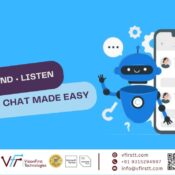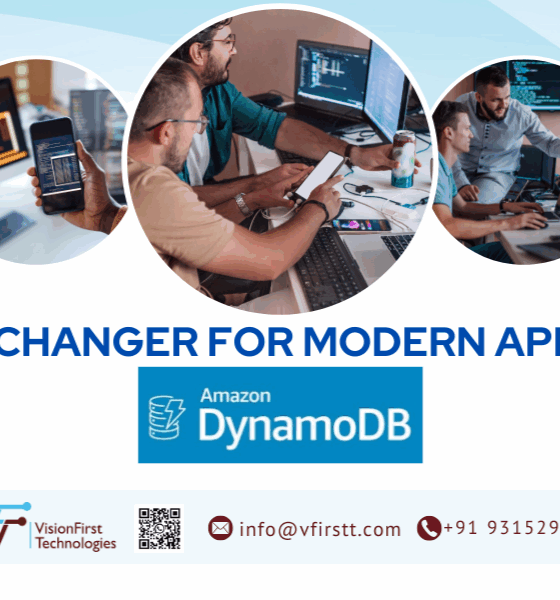From Idea to MVP: Building Your GenAI Agent
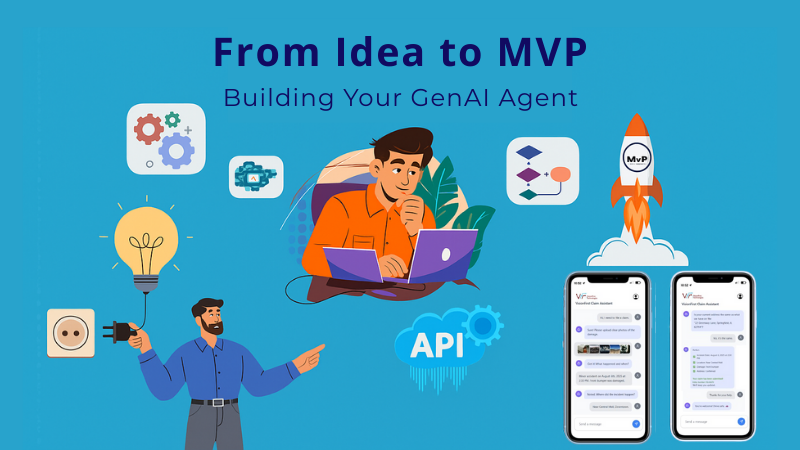
From Idea to MVP: Building Your GenAI Agent
Here’s a step-by-step guide to turning a concept into a working prototype in just days.
Why Speed Matters in GenAI
In the GenAI world, speed is more than a competitive advantage — it’s survival. Models improve monthly, APIs evolve weekly, and new tools appear almost daily. If you’re stuck in planning mode, your idea might be obsolete before it’s even built.
The good news? With the right approach, you can take a GenAI agent from concept to working MVP in just days — without needing a 20-person engineering team.
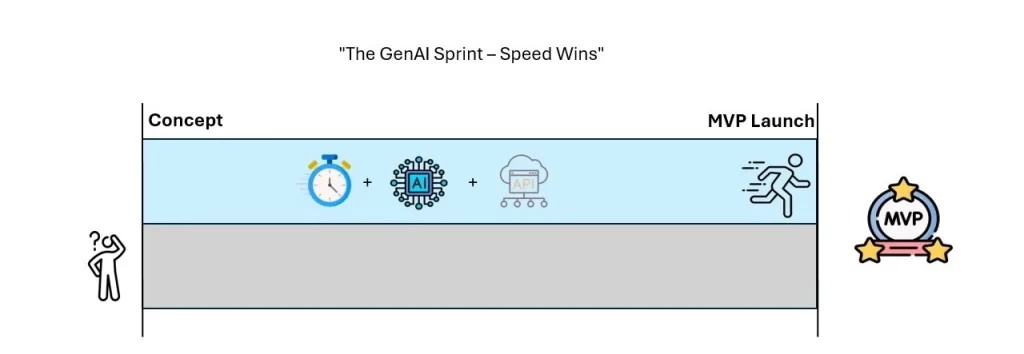
Step 0: Nail the problem, not the technology
Too many projects start with “Let’s use GPT-4 to…”. Instead, begin with Who and Why:
- Who is the user?
- What exact problem are they facing?
- Why is a GenAI agent better than existing solutions?
Pro tip: Frame the problem as a single, clear outcome.
Example: “A traveler should be able to find the best flight and hotel package for their trip in under 60 seconds.”
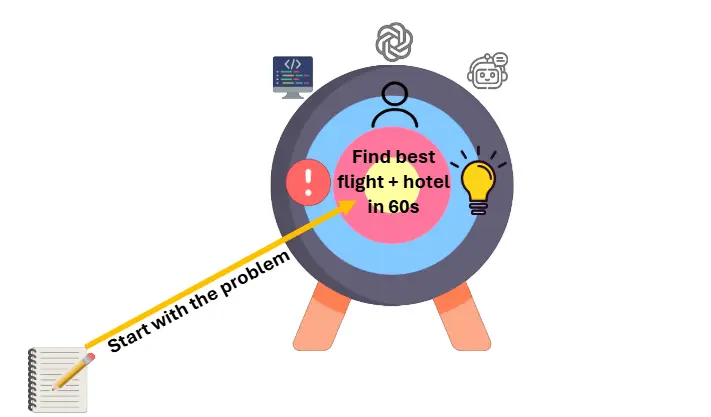
Step 1: Define the user flow, not just features
Map out the end-to-end interaction rather than a long wishlist:
- User asks for something.
- Agent collects missing info.
- Agent fetches or computes data.
- Agent presents results in user-friendly format.
- Optional: export, email, or trigger follow-up actions.
Trend: Many 2025 AI agents follow “conversation as the UI” — the chat flow is the product.

Step 2: Choose the right tech stack
Current winning formula for rapid AI MVPs:
- Core LLM: OpenAI GPT-4.1 / Claude 3.5 / Mistral 7B (local for privacy).
- Framework: LangGraph for stateful, multi-step workflows.
- Data Layer:
- GraphQL/REST for structured data access.
- Vector DB: PostgreSQL with Vector extensions (pgvector)
- File Storage:
- Amazon S3 or any equivalent cloud storage service for secure, scalable file handling.
- Interface:
- React + Tailwind CSS — modern, responsive, and highly customizable for rapid prototyping and production.
- Infrastructure as Code:
- Use AWS CloudFormation or Terraform to provision environments consistently.
- Security & auth (MVP recommendation): Use simple but solid auth for MVP — API keys or JWTs, enforce HTTPS, and add rate limiting.
- Observability: Add basic logging, metrics, and error reporting (CloudWatch). Track usage and costs.
Best practice: Don’t over-optimize for scale at MVP stage — pick tools that ship fast but have a clear production upgrade path.
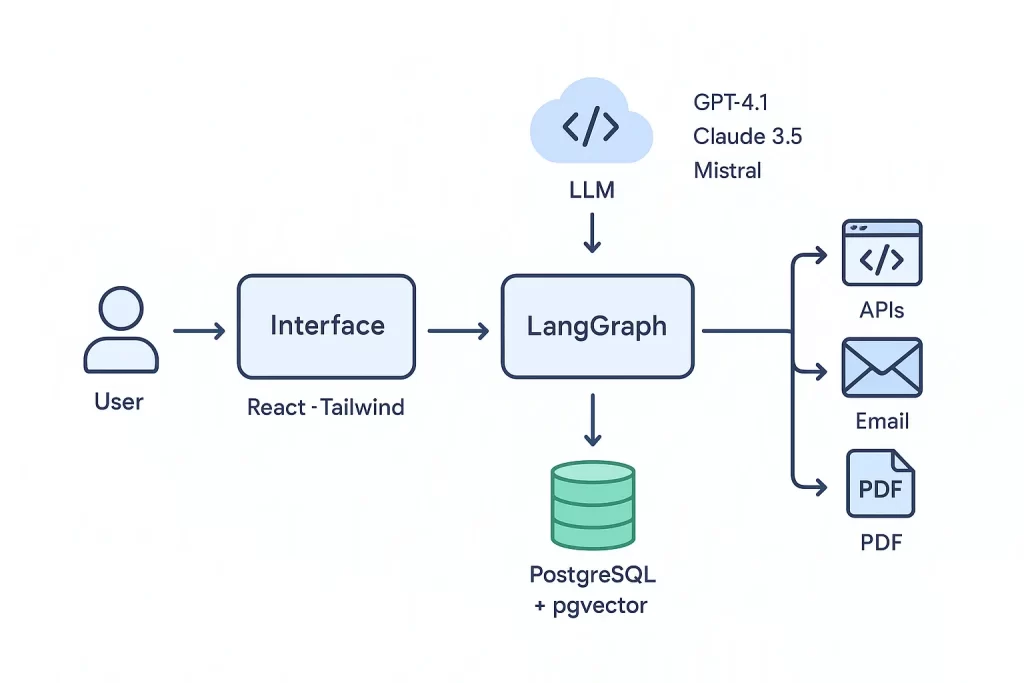
Step 3: Build the core flow
Focus on the happy path first — the most common successful scenario:
- Implement operation detection (what the user wants).
- Add input collection with validation.
- Connect to your data source or API.
- Return clean, readable output.
Trend: Many agents use retrieval-augmented reasoning — fetch relevant facts before answering.
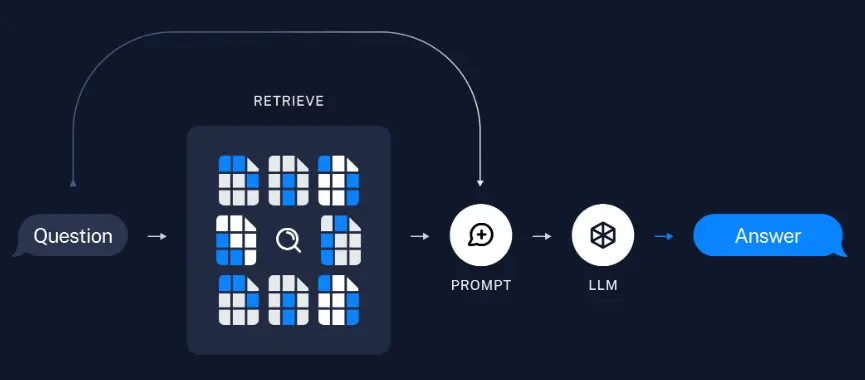
Step 4: Add memory & state
A good GenAI agent remembers conversation context. With frameworks like LangGraph you can:
- Store collected inputs in shared state.
- Loop back if data is missing (cycles).
- Dynamically choose next steps (conditional edges).
Why this matters: Users won’t repeat themselves — memory makes your agent feel intelligent.
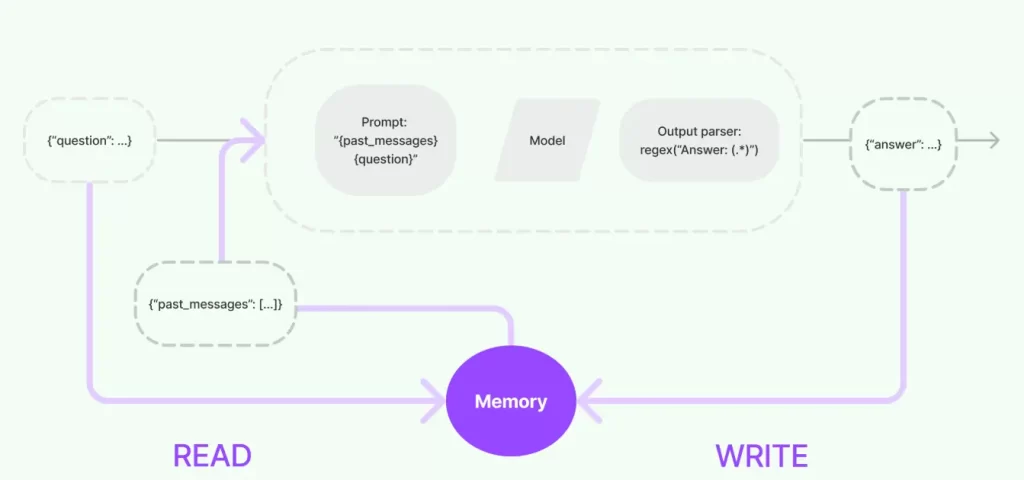
Step 5: Layer on integrations
Make the agent useful in the real world:
- Fetch real-time data from APIs (pricing, inventory, weather, availability).
- Trigger workflows using AWS Step Functions — orchestrate backend processes without managing servers.
- Customer/User notifications via Slack or WhatsApp
- Email results — integrate with SES.
- Export to Excel or PDF — useful for reports and offline use.
Trend: 2025 agents are shifting toward multi-modal actions — text, image, voice, and file generation in one flow.

Step 6: Test, break, and fix
Run through:
- Edge cases (missing data, wrong inputs)
- Non-happy path flows
- Load tests with dummy data
Pro tip: Get a few real users to test and give brutally honest feedback.
Step 7: Ship the MVP & share it
- Deploy to AWS , Railway or Vercel.
- Push code to GitHub — consider open-sourcing (license + CONTRIBUTING.md) to attract contributors and early adopters.
- Use CI/CD pipelines for smoother deployments.
- Announce on LinkedIn, X, etc.
Best practice: Keep deployment scripts reproducible and environment-separated (dev/staging/prod). Use infra-as-code templates (CloudFormation/Terraform) to make scale and recovery easier.
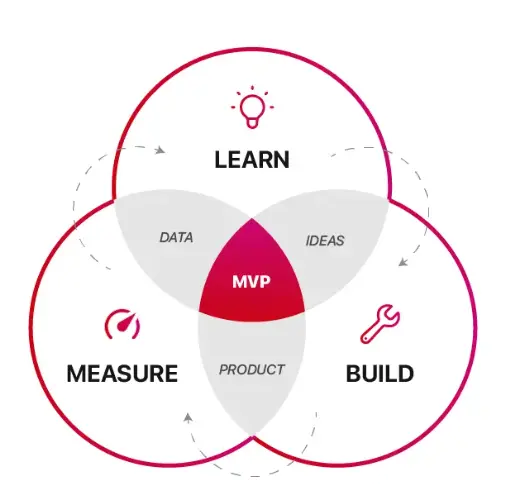
Best Practices for a fast, market-grade GenAI build
- Release fast, polish over time — don’t aim for perfection.
- Work in vertical slices — Fully build one feature from end-to-end before starting the next.
- Use prompt versioning — Keep track of prompt changes and results.
- Track metrics early — Even a Google Sheet with “queries per day” is fine.
- Document APIs, architecture, and setup from day one.
Final Thought
The magic of building a GenAI agent quickly isn’t just about the tech — it’s about validating your idea before the world changes.
In 2025, teams that win are those who can:
- Spot a problem worth solving
- Build a working agent in days
- Iterate in public
If you’ve been sitting on an idea, give yourself a short, focused sprint. You might surprise yourself.



